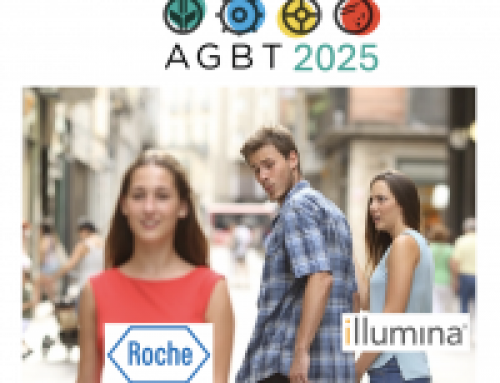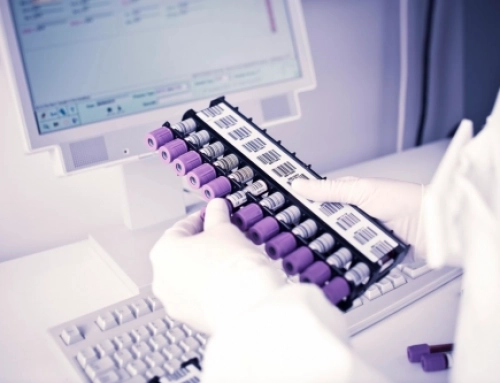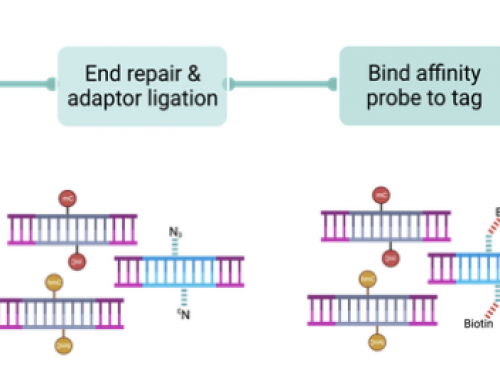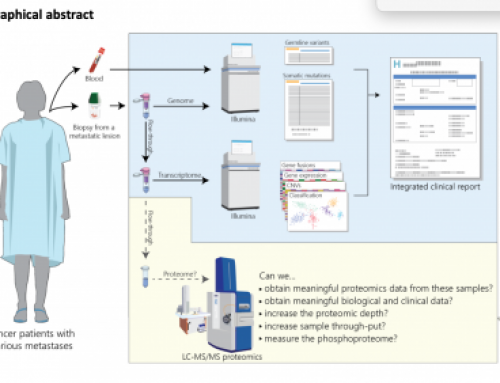Sorry this one is over a year late – but I needed to link to it for my more recent AGBT post!
James
Illumina has been hugely successful in developing SBS chemistry but their lack of competition in short-read sequencing is being challenged by long-term players like BGI, but, more interstingly for many of my readers, by the new entrants to this market like Singualr Genomics and Element Biosciences.
Before diving into this post I want to highlight one figure from Francis de Souza’s JPM presentation: Illumina reported a fourth quarter revenue of $1.20 billion, which was a record revenue for the quarter and represents twice what they paid for Solexa back in 2006!
Illumina have been this successful primarily because they’ve had an unassailed position as the go-to NGS technology for everything other than long-reads (this will not be a deep-dive into the pro’s and con’s of LR vs SR tech). At JPM’22 they announced some very exciting new developments…a new “Chemistry X” and novel long-read capability.
What is Chemistry X:
Chemistry X delivers times faster cycle times, longer reads, and greater accuracy so hits nearly all the spots users are focused on. Without understanding the capital expense required to access Chemistry X nor the likely per run or per Gb costs it’s difficult to understand how this might be adopted by users. But previous chemistry changes have usually been adopted rapidly because they offer real-term improvments for users.
FdS reiterated the “path toward the $100 genome”, a figure which was initially rolled out at the launch of NovaSeq in 2017.
What is Infinity:
FdS announced a novel Illumina long read workflow (codename Infinity), which he said was not a synthetic long read and highlighted the low DNA input requirements and speed over “legacy long reads” – altough I doubt many PacBio or ONT users would be overly worried about being superseded given what information we have available.
My bet – however – is that it’s Longas Tech (aka MorphoSeq technologies). Why? It ran on Illumina tech, the Longas CEO was former Illumina executive, a few Longas folks now work at Illumina, and both the Longas Tech website and their twitter profile @LongasTech have been _deleted
Illumina have yet to confirm but Infinity looks to be very likely an acquisition of MorphoSeq from Longas.
Former Longas CSO Aaron Darling is now a Director at Illumina (Twitter)
The Longas website disappeared but described “Virtual long reads” (Wayback Machine) generated by mutagenising long templates randomly, which enables short reads to be mapped and assembled (see image on Twitter). The @longreadclub on Twitter has a YouTube video from Aaron describing the approach. Briefly, the technology requires PCR amplification of the template (to add the mutagenisis signatures), which may add sequencing bias and will eliminates base-mods (unlike PacBio and ONT) and – perhaps most importantly – has a limit of 10kb fragments.
Some of the PacBio and ONT have been active on Twitter: Neil Ward (ex-Illumina and now pacBio)suggests the tech will require 7x coverage per 10kb template molecule [which would be] more expensive than “legacy” long read data with the added lab complexity, PCR bias and lack of base modification data. Spike Wilcocks
As such it is likely semantics about whether virtual is different from synthetic. But the Logas technology uses sequencing by mutagenesis, which has been around since 2004. And in 2019 Nick McCooke, former Solexa CEO, was appointed Longas CEO and announced the ‘virtual long read’ tech on GenomeWeb.
You can sign up and you can learn more on this page at Illumina.
Albert Vilella pointed to Illumina’s 12%+ gain on Tuesday compared to PacBio’s -11% loss. And he discusses Illumina inability to gobble up PacBio due to monopoly concerns and he is spot on in saying that this likely led Illumina to looking for a different opportunity in the #longreads market. PacBio’s new ONSO short read (Omnione’s SBB) platform gives them both long and short reads applying additional pressure on Illumina. And alstly, he highlights Oxford @nanopore, where the fragment length *is* the read length, and their new short read capabilities!
If anyone remembers Moleculo, then you’ll know Illumina have been here before.
And Finally @StevenSalzberg calls this out as a likely fail compared to ONT.









[…] Previous […]